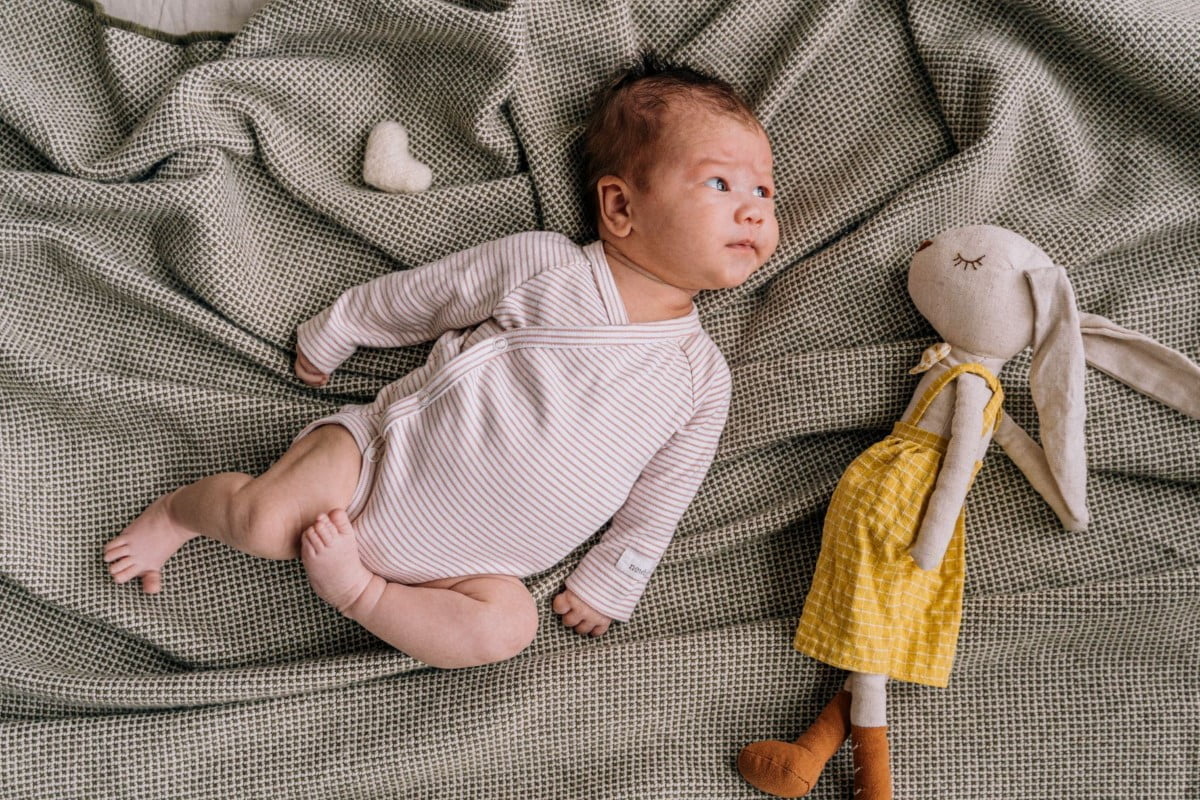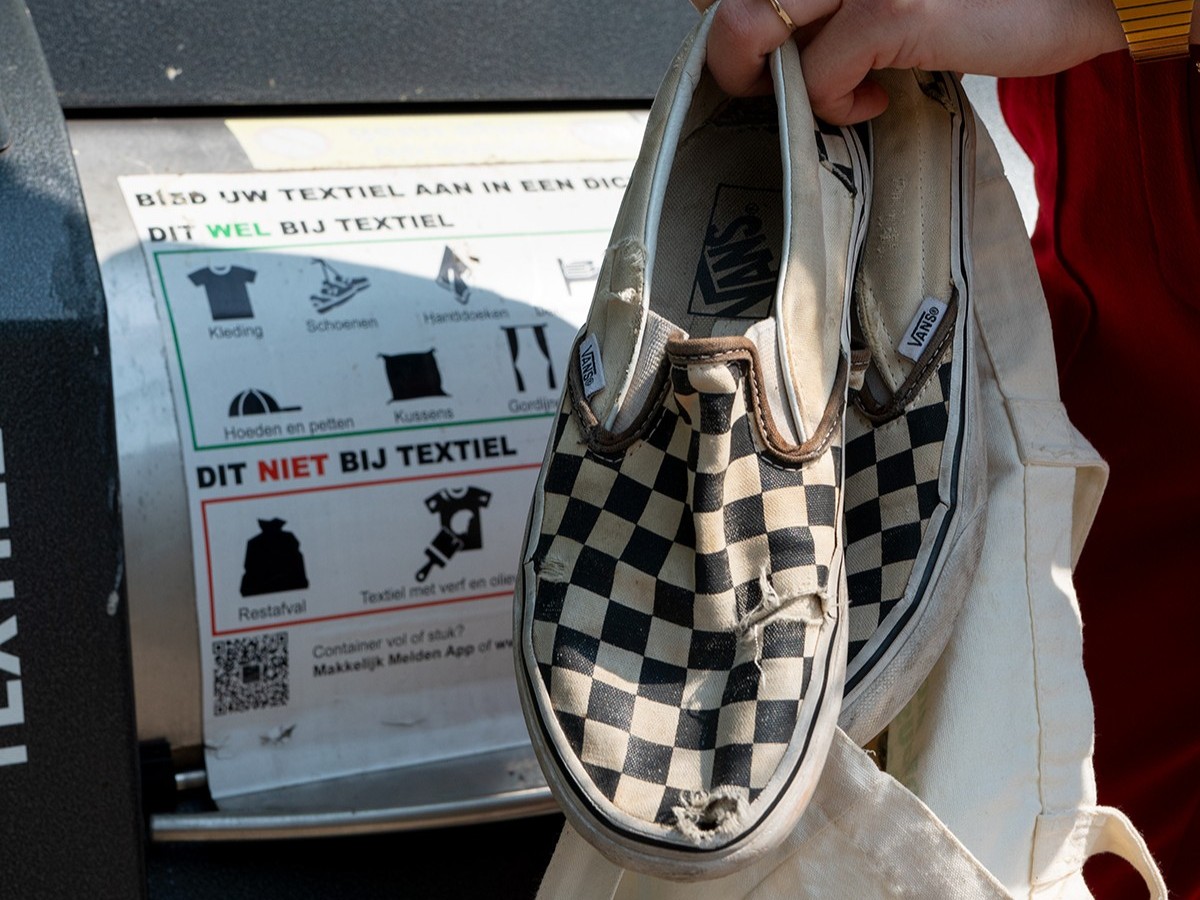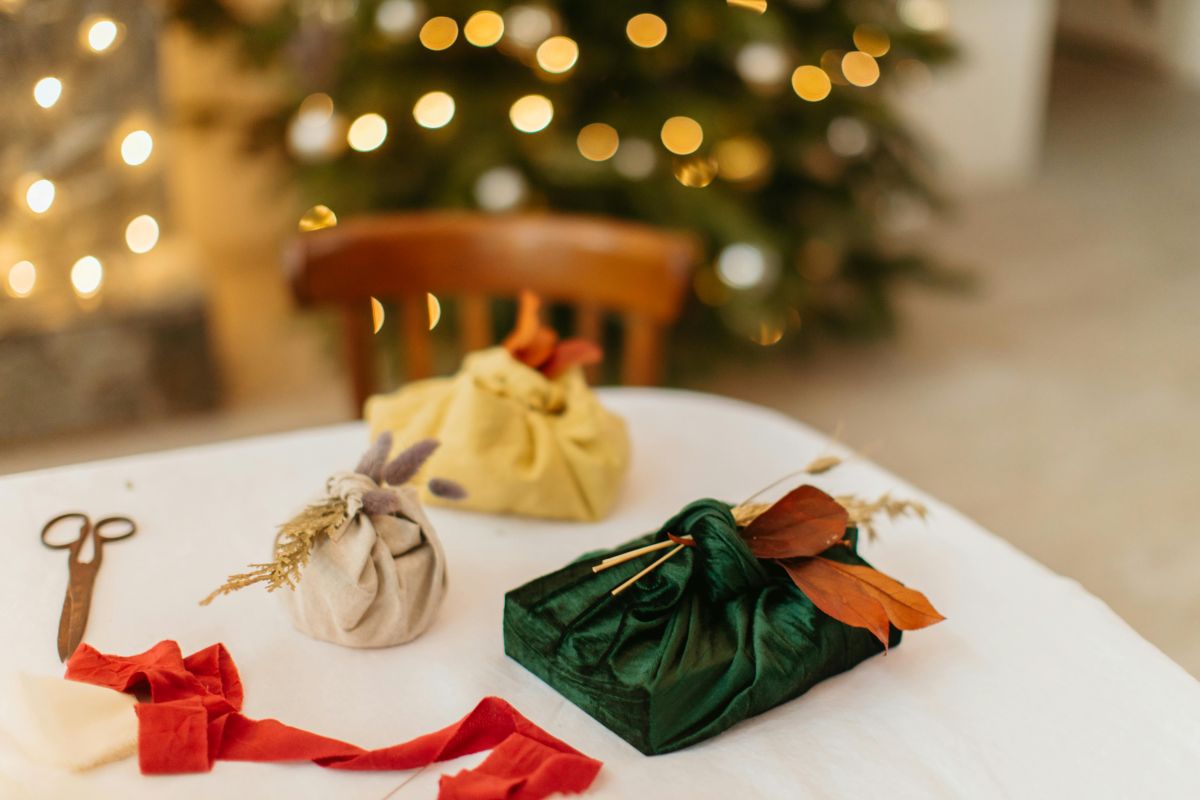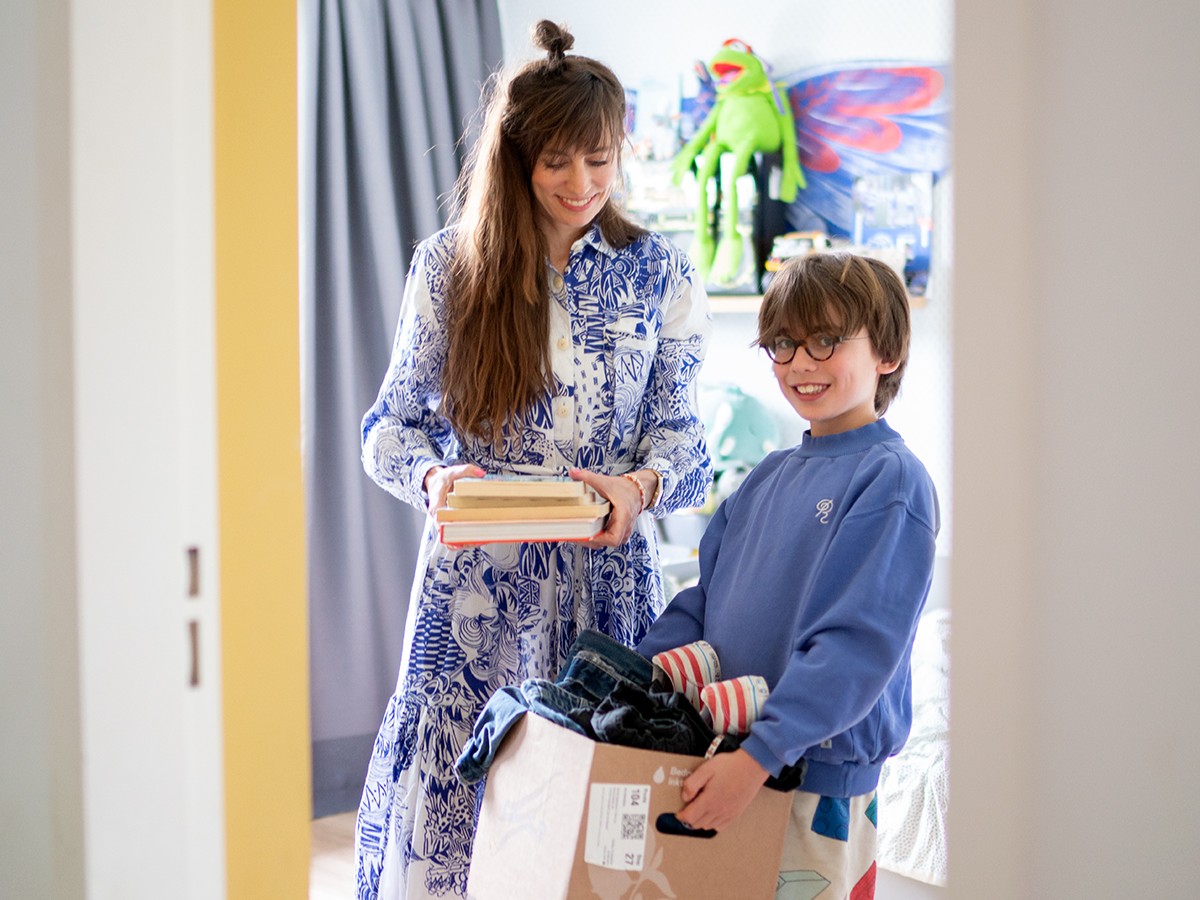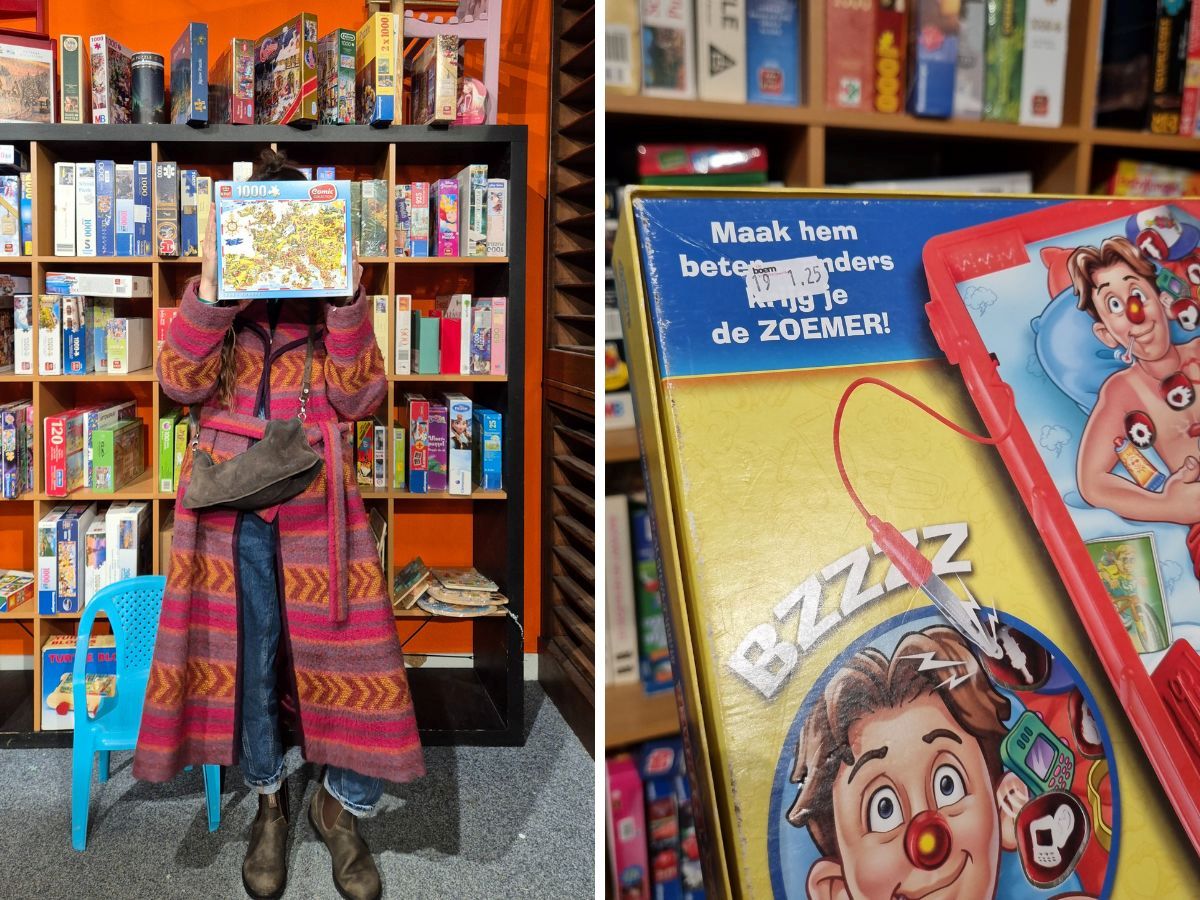When you are expecting, you usually can't wait to furnish the baby's room and buy the first clothes. Once you arrive at the shop, the selection can be quite overwhelming. Do you really need it all? And could it be a bit more durable and, above all, cheaper? Kirsten is a mother of two daughters (aged one and four) and dives in especially for thegreenlist.nl into the world of sustainable baby gear. She shares her own experiences and tips, complemented by tips from followers of thegreenlist.nl.
Tips for sustainable baby gear and maternity care
If you want to live more sustainably, you can make a big difference by buying less new stuff. But if you are happily expecting a new global citizen, there are still quite a few things you will soon need. Just think of a place to sleep, change, clothes and nappies. In this article, I will help you on your way with tips on how to choose the most sustainable baby outfit possible. What do you really need and what do you not necessarily have to buy (new)? A nice bonus: with most tips, you will also save money!
Washable versus disposable nappies
One of the first things you want to be prepared for when you have a baby: poopy nappies. Because what a lot those little creatures can produce! Washable nappies save a lot of waste compared to disposable nappies. It will save you up to three hundred kilos of waste a year! But if you want to know whether they are really more sustainable, you have to factor in the (negative) impact of production and washing. In most cases, washable nappies are the most sustainable choice. We wrote about that earlier. It also makes quite a difference in costs: per child, you save on average five hundred euros with washable nappies, compared to disposable nappies. Many followers of thegreenlist.nl are already fans and use washable nappies.
However, it is wise to try a washable nappy first to see if it is what you want. If you can't borrow one, you can buy them, for example, at Nappys.nl rent online.
If you do prefer disposable nappies (in part), it is wise to make sure they have the FSC, Nordic Ecolabel or PEFC label have. like the nappies from Lillydoo Green, the Pure & Soft nappies from Kruidvat Whether the Pampers Harmony Hybrid. The latter is a combination of a disposable inner part and washable trousers. You can also avoid waste by not putting on a clean nappy for every pee, but only when the nappy is full.
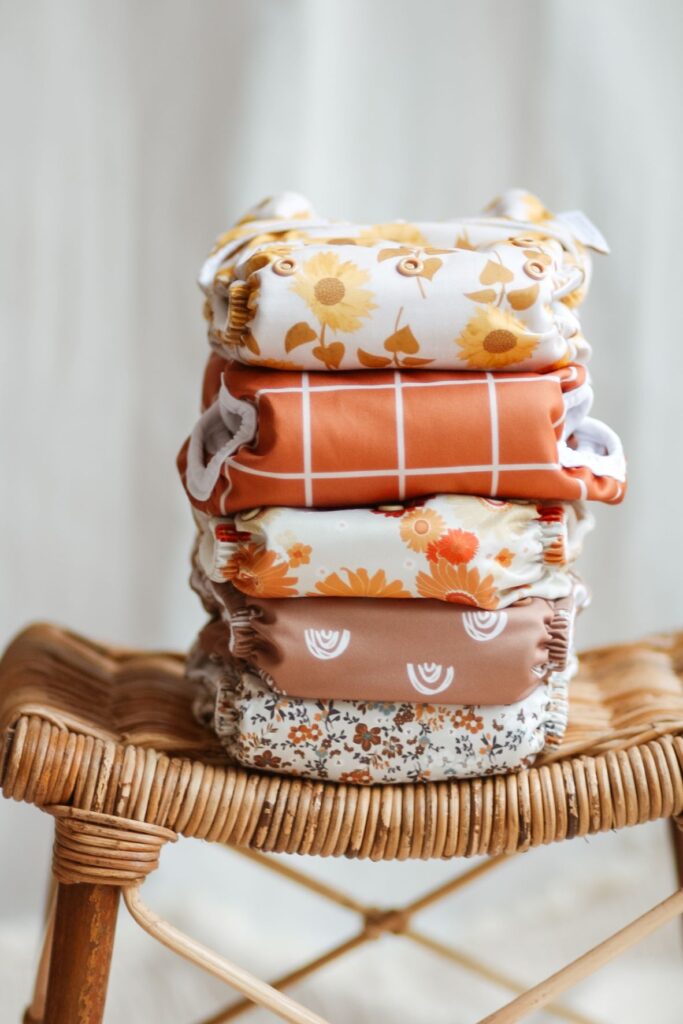
For on the sustainable essentials list: washable nappies!
Sustainable baby room
What could be more fun than decorating a new baby's room? Most parents-to-be can't wait. Below is a list of baby room essentials and how to buy them in a sustainable way:
- A cot: there are super cute cots and cradles, but they usually outgrow them after a few months. It is more sustainable to buy a bigger cot right away, which they can enjoy for longer. For example, IKEA has a very nice three-position bed which is also easy to find second-hand. What does come in handy if you are breastfeeding: a cot that you can put right next to your own bed and is about the same height. That way you don't have to get up every time to feed or change your baby at night.
- A cupboard to store clothes and other items. This really doesn't have to be a special baby cupboard. A normal wardrobe works fine too, so it too can last throughout childhood (and who knows longer). Or how about a nice vintage wooden wardrobe in the spirit of sustainability? These can last a lifetime. Just search on Marktplaats for a ‘vintage girls’ wardrobe' (also nice for boys).
- A changing table is not necessary, but very handy. I had a changing table with many large drawers in it. Personally, I found this very handy because I could easily put all the clothes and nappies in there and had everything I needed close at hand. Commodes and changing tables can also easily be found second-hand. Another great idea is to buy an old one made of solid wood and upcycle it with a lick of paint and funny patterns.
- A changing pad is also nice so your baby lies softly. There are beautiful covers for changing pads, but they are not that practical. A hydrophilic cloth wrapped around a pillow also works fine and is much easier to change and wash if something goes wrong during changing. Hydrophilic cloths are multifunctional anyway: for catching spit, for travelling and when your baby no longer needs them, they are ideal for cleaning the windows. Followers of thegreenlist.nl run away with the XL cloths from HEMA which continue to come in handy even after babyhood as a summer blanket or towel, for example.
The above furniture can all be found second-hand on Marktplaats, Facebook, flea markets or at the thrift store. If it's not quite your taste or doesn't match, just give it a nice sustainable lick of paint and your sustainable, budget baby room is ready.



You can find a complete baby room on Marktplaats.
Sustainable baby clothes
Of course, soon your little one will also need something to wear. Here are tips for sustainable baby clothes:
- Buy baby clothes second-hand, for example at clothing fairs, at a thrift store or online via Vinted or Marktplaats. Babies don't do much in the first six months and quickly outgrow their clothes. That is why you can find lots of good second-hand baby clothes: good for the planet and your wallet! Beautiful sustainable brands such as Ammehoela, Dilling, Gray Label, Mini Rodini or Sproet & Sprout can all be found second-hand. Find more sustainable children's clothing brands in this list. In any case, it is advisable to choose clothes and rompers made of natural materials such as certified organic cotton, bamboo (with label), wool or tencel. This is better for baby's skin and for the earth Find more shopping tips for creating a sustainable wardrobe for your sprout here.
- Another tip many followers had mentioned: buy unisex baby clothes and clothes that are not personalised (with a name on them). This is easier to pass on or sell.
- You don't need a new sleeping bag every season. A sleeping bag with removable sleeves can be used all year round. In winter, just put thicker clothes underneath. It is best to buy a sleeping bag that grows, but make sure it is not too big at the neck.
- There are lots of cute baby shoes on sale, but these don't really help you. Before a baby can walk, you really don't need to buy shoes. A pair of socks or warm slippers for winter is enough.
- It was also tipped to rent baby clothes from Hulaaloop.
Durable baby care for soft baby skin
If you look in shops, they are bursting with baby care products. Special shampoos, creams, oils... you name it. You really don't need that many products, if you ask me. The only two products I really needed in the first year were:
- Almond oil - to rub in if your baby has dry skin. You can also add a few drops of almond oil to the bath. In that case, also add a dash of (mother's) milk so that the oil mixes with the water. Make sure you use good quality pure oil such as the Almond oil from Primavera.
- A good natural cream for red buttocks. I am a fan of the Calendula buttocks balm by Weleda. This cream helps super against red buttocks and also works well against red (blemish) spots in the skin folds.
By the way, did you know that changing your baby is also possible without disposable wipes? With a (hydrophilic) flannel and water you can easily clean your baby's bottom. If water does not clean your baby's bottom, a little almond oil will also help. Many followers of thegreenlist.nl please use washable wipes and washable face wipers. By the way, you can also make those yourself from old fabric scraps: check out our DIY for zero waste wipes here.
Baby bath: Yummy Tub or not?
Of course, you also want to bathe your baby occasionally. One follower said it was fine in the sink until her children were big enough for the shower. If you do want to buy a (second-hand) bathtub, it is advisable to buy a relatively large baby bathtub so that you can enjoy it for a long time. These days, Tummy Tubs are popular, as this resembles the womb. How we solved this: when our baby was in the tub, we put a hydrophilic cloth around her. This way, she also felt secure. In case you think a Tummy Tub looks great, there are plenty available second-hand.


Breastfeeding is a sustainable tip, but you can also choose gifts and your baby's (skin) care more sustainably. On the right you can see the sustainable birth present from Mr Koekepeer with sustainable and second-hand gifts.
Sustainable breastfeeding tips
Breastfeeding is the most sustainable and healthiest choice for you and your baby. The WHO recommends fully breastfeeding your baby for six months and at least two years in combination with solid food. Even if, for whatever reason, you only breastfeed for a few days or weeks: every day your baby is breastfed is a good thing. If you want to start breastfeeding, there are also a few things to think about (that you can do more sustainably):
- If you want to breastfeed, a pump is very handy to have in your home. It is recommended to rent a pump first. That way, you can see which one is fine for you. And then when you've found the one you like, you might want to buy it on Marktplaats. Sound dirty? A good pump is made so that you can easily clean and sterilise all its parts.
- Although breastfeeding is something natural, it is not always easy. Prepare well for it and possibly do a course with a lactation consultant (tip from a follower).
- To be on the safe side, or in case you cannot or do not want to breastfeed, it is wise to have a few bottles in the house. My advice is to always buy bottles new though, so that you can be sure it complies with the latest guidelines.
These days, there are beautiful glass bottles with natural rubber teats. Glass bottles are much easier to clean and last longer than plastic bottles. The advantage of natural rubber teats is that they are much less likely to break. I found this especially ideal when my daughter was a bit older and teething.
If you want to combine breastfeeding and bottle feeding, his Lansinoh glass bottles and teats ideal. The silicone teats are very soft and flexible, so babies who are used to the breast accept them more quickly.
- If you are breastfeeding, nursing pads are essential. Fortunately, there are fine, washable nursing pads nowadays. Preferably choose a natural material such as wool, wool-silk, silk, bamboo or cotton. Not only does this feel nicer on the skin than disposable pads, it also reduces the risk of infections. I have written a separate article on breastfeeding: tips for breastfeeding.
- The same goes for sanitary pads. When the worst bleeding is over a few days after childbirth, it works menstrual underwear or washable maternity pads very good. This not only saves you a lot of waste, but also reduces the risk of infection. Do you still prefer disposable sanitary pads? Then choose pads made from natural materials such as cotton. Find more tips for zero waste menstruation here.
Buying used car seats and prams safely
Of course, sometimes you also want to get out of the house with your baby. Therefore, you will need a few items to take your baby with you in an easy and safe way. Car seats are widely available second-hand. Worried about safety? According to the ANWB, it is best to buy a car seat second-hand if you pay attention to the following points:
- Check the seat carefully for damage. Preferably buy the seat from someone you know, so you can be sure they haven't had an accident with it.
- Car seats unfortunately do not have eternal life. The plastic actually weakens when exposed to UV light. Therefore, check with the manufacturer when the seat needs replacing. With normal use in the car, seats last about seven to ten years.
- Buy a chair that comes out of the safety tests comes. This, of course, also applies to new chairs.
- Make sure a (online) manual is available so that you use the seat correctly.
A pram is a big expense, but fortunately there are a lot available second-hand. The same goes for a baby carrier or cloth. Because there are so many different types of carriers, it is wise to borrow or rent one first or browse in a shop so you know what you like.
Sustainable baby gear: renting is the new buying
Followers also tipped en masse to rent a durable baby kit. This can be done, for example, at Tiny Library or BabyLoop. From cot to baby carrier and from bathtub to car seat. With these providers, you can rent almost everything you need for a durable baby outfit. And when you no longer need it, simply return it. This saves space, money and you don't have to bother selling everything again.
Sustainable baby kit: you need much less than you think
Above all, don't buy or rent too much. You really need much less than the advertising would have you believe. Moreover, you usually get a lot of presents. Looking for more tips for a sustainable maternity gift list? Then check out this article with the cutest sustainable maternity gifts. The baby boxes from Etos, Kruidvat or the Blije Doos are also, according to most followers of thegreenlist.nl unnecessary. What does come in handy: a durable maternity kit. This is even reimbursed by some insurers.
In doubt about whether you will use or really need something? Ask friends who already have children. Besides, you can easily buy, borrow or rent most things once the baby is here.
More sustainable tips from thegreenlist.nl
- Also see: A sustainable pregnancy: how to go about it?
- Also see: what is the environmental impact of hugs and how do you find sustainable hugs?
Sources: Milieu Centraal, WHO, ANWB. Photo credits: antoni-shkraba (Pexels), Nappys, Tatiana Syrikova (Pexels), анастасия войтко (Pexels), Xelena Jankovičová Kováčová (Pexels), Mr Koekepeer.

